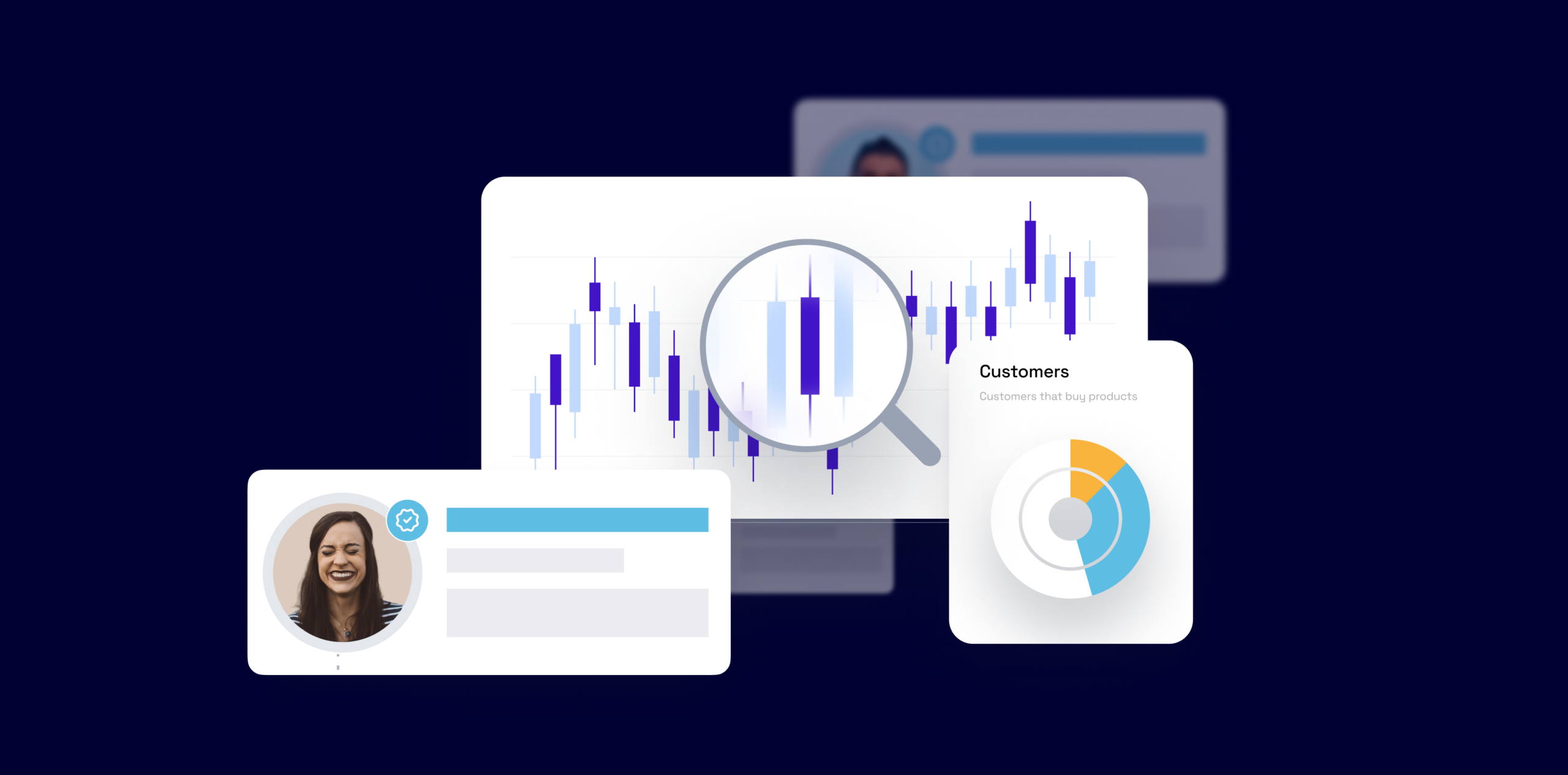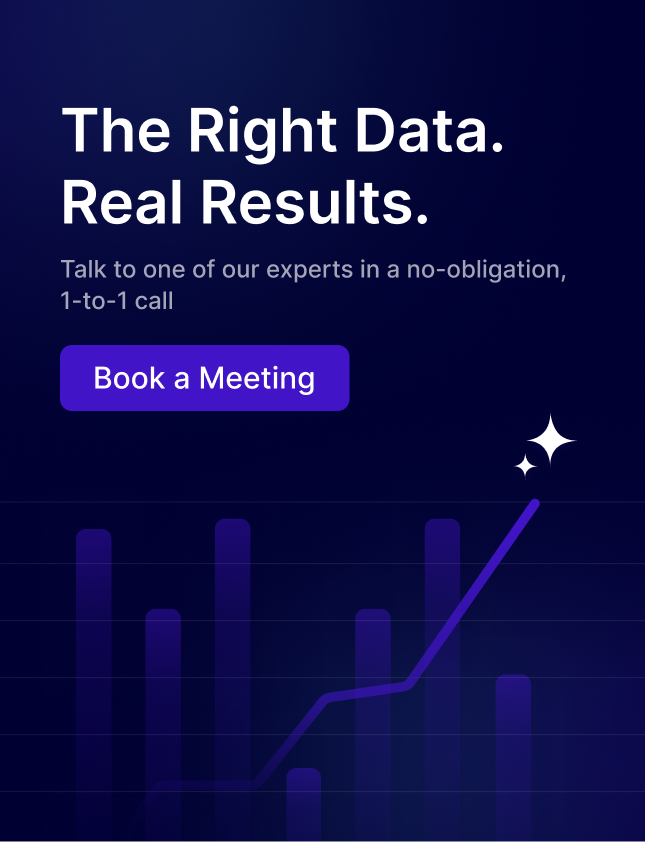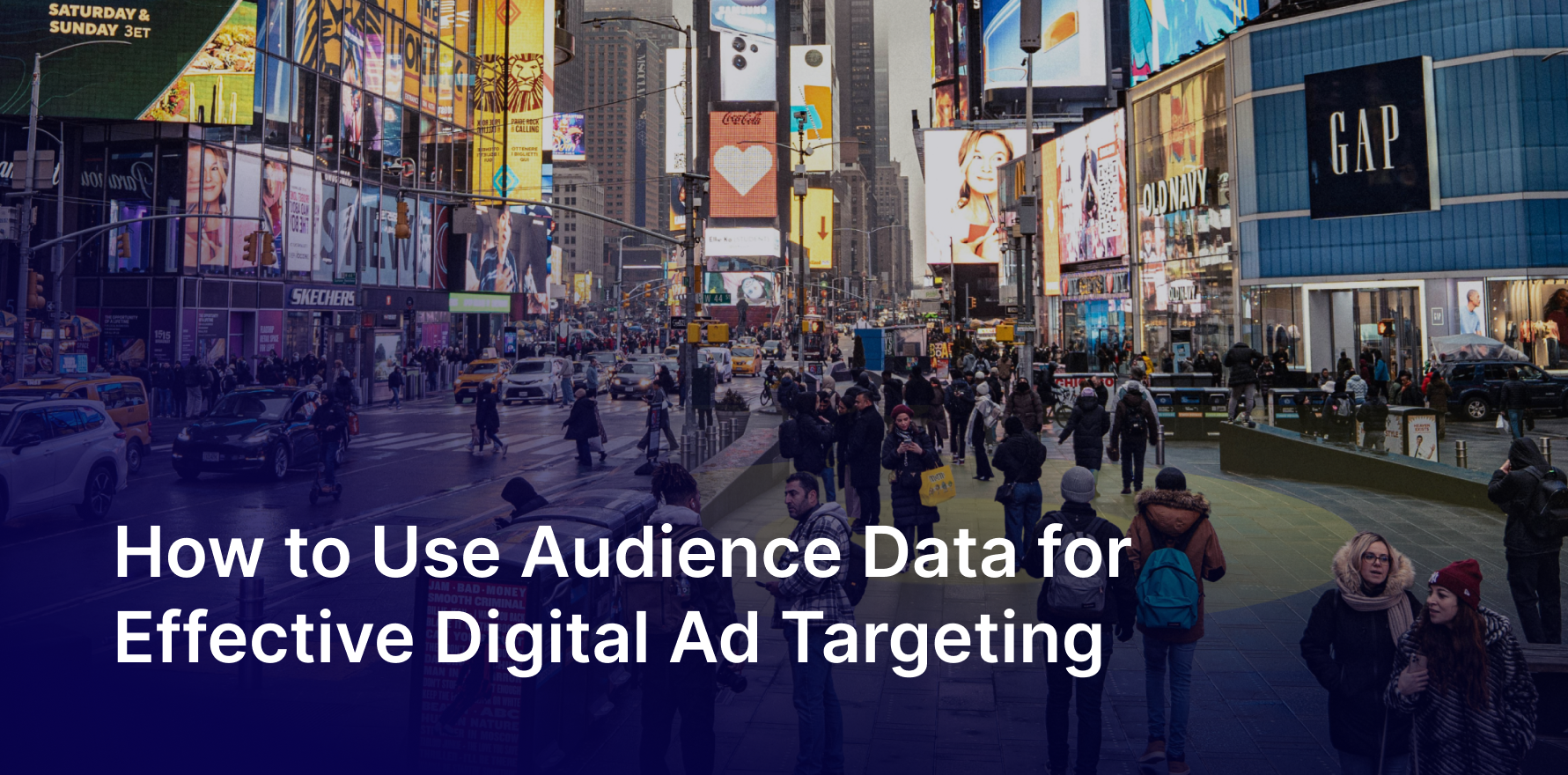1. Introduction to Audience Data Segmentation
What is Audience Data Segmentation?
Audience data segmentation is the process of dividing a broad consumer or business audience into subgroups based on shared characteristics. This practice enables marketers to target specific segments with tailored messages, offers, and experiences, increasing the relevance and effectiveness of their campaigns.
Importance in Modern Marketing
In today’s competitive market, personalized marketing is key to capturing and retaining customers. Audience data segmentation helps businesses understand their customers on a deeper level, allowing for more precise targeting and customized communication. This leads to higher engagement rates, better customer experiences, and, ultimately, increased conversions and loyalty.
Overview of Benefits
- Enhanced targeting accuracy
- Improved customer engagement and satisfaction
- Increased conversion rates
- Better allocation of marketing resources
- Data-driven decision making
2. Fundamentals of Audience Data Segmentation
Key Concepts and Definitions
- Segmentation: The process of dividing a larger audience into smaller segments based on specific criteria.
- Targeting: Focusing marketing efforts on one or more segments.
- Positioning: Crafting a product or message to appeal to the targeted segment.
Types of Data Used in Segmentation
- Demographic Data: Age, gender, income, education, etc.
- Geographic Data: Location, climate, urban vs. rural, etc.
- Psychographic Data: Lifestyle, values, personality, etc.
- Behavioral Data: Purchase behavior, usage patterns, brand loyalty, etc.
Methods for Collecting and Analyzing Data
- Surveys and questionnaires
- Website and social media analytics
- Customer relationship management (CRM) systems
- Transactional data
- Third-party data sources
3. Techniques and Strategies for Effective Segmentation
Demographic Segmentation
Demographic segmentation divides the audience based on demographic variables such as age, gender, income, education, occupation, and family size. This is one of the simplest and most widely used forms of segmentation due to the ease of data collection and analysis.
Geographic Segmentation
Geographic segmentation involves dividing the market based on location, including country, region, city, or neighborhood. This approach is useful for businesses with location-specific offerings or those looking to tailor their marketing efforts to local cultures and preferences.
Psychographic Segmentation
Psychographic segmentation considers the psychological aspects of consumer behavior, including lifestyle, values, attitudes, and personality traits. This method provides deeper insights into what motivates customers, helping marketers create more resonant and impactful messages.
Behavioral Segmentation
Behavioral segmentation groups customers based on their interactions with the brand, such as purchase history, product usage, and online activity. This technique helps identify high-value customers, predict future behavior, and personalize marketing efforts to drive engagement and sales.
Case Studies of Effective Segmentation Strategies
- Nike utilizes psychographic segmentation to target sports enthusiasts and athletes, tailoring its messages and products to inspire and motivate.
- Amazon: Employs behavioral segmentation to recommend products based on past purchases and browsing behavior, enhancing the shopping experience and increasing sales.
- Coca-Cola Leverages demographic and geographic segmentation to create localized marketing campaigns that resonate with different cultural groups worldwide.
4. Tools and Technologies for Audience Data Segmentation
Overview of Popular Segmentation Tools
- Google Analytics: This tool provides insights into website traffic and user behavior, allowing for effective segmentation based on online activity.
- HubSpot: Offers comprehensive tools for CRM, marketing automation, and segmentation, helping businesses target specific customer groups with personalized campaigns.
- Tableau: A powerful data visualization tool that enables detailed analysis and segmentation of large data sets.
How to Select the Right Tool for Your Needs
- Define Your Objectives: Understand your segmentation goals and choose a tool that aligns with your needs.
- Consider Integration: Ensure the tool can integrate with your existing systems and data sources.
- Evaluate Usability: Choose a tool that is user-friendly and offers robust support and training resources.
Integration of Multiple Tools for Comprehensive Segmentation
Combining different tools can provide a more holistic view of your audience, allowing for deeper insights and more effective segmentation. For example, integrating CRM data with web analytics and social media insights can create a comprehensive customer profile that drives more personalized marketing strategies.
5. Advanced Segmentation Techniques
Using Machine Learning and AI for Segmentation
Machine learning and AI can analyze large data sets to identify patterns and trends that may not be apparent through traditional methods. These technologies can automate the segmentation process, making it more accurate and efficient.
Predictive Analytics in Audience Segmentation
Predictive analytics uses historical data and machine learning algorithms to forecast future customer behavior. This technique can help businesses anticipate customer needs and tailor their marketing efforts accordingly.
Real-Time Data and Dynamic Segmentation
Real-time data allows for dynamic segmentation, where customer segments are continually updated based on the latest information. This approach enables marketers to respond quickly to changing customer behaviors and preferences, ensuring their strategies remain relevant and effective.
6. Practical Applications of Audience Segmentation
Targeting Sports and Fitness Enthusiasts
Characteristics and Preferences
Sports and fitness enthusiasts are typically motivated by health, performance, and lifestyle. They value quality and innovation in products and are often influenced by social proof and endorsements.
Marketing Strategies and Examples
- Content Marketing: Share fitness tips, workout routines, and nutrition advice.
- Influencer Partnerships: Collaborate with fitness influencers to promote products.
- Email Campaigns: Send personalized recommendations based on past purchases and interests.
Targeting Car Buyers
Key Data Points and Behaviors
Car buyers’ decisions are influenced by budget, brand loyalty, and specific vehicle features. They often conduct extensive research online before making a purchase.
Effective Marketing Channels and Tactics
- Search Engine Marketing (SEM): Target keywords related to car buying.
- Retargeting Ads: Re-engage users who have visited car-related pages.
- Dealership Events: Host test drive events and exclusive previews.
Targeting Tech Enthusiasts
Trends and Preferences
Tech enthusiasts are early adopters of new technology. They are interested in the latest gadgets and innovations and seek detailed product information and reviews.
Content and Advertising Strategies
- Product Demos: Create video demonstrations of new tech products.
- Social Media Campaigns: Engage with tech communities on platforms like Reddit and Twitter.
- Email Newsletters: Send updates on the latest tech trends and product launches.
7. Measuring and Evaluating Segmentation Success
Key Performance Indicators (KPIs)
- Conversion Rates: Measure the percentage of segmented audiences that complete desired actions.
- Customer Lifetime Value (CLV): Evaluate the long-term value of customers within each segment.
- Engagement Metrics: Track interactions with content, emails, and social media posts.
Tools for Tracking and Analysis
- Google Analytics: Monitor website traffic and user behavior.
- CRM Systems: Track customer interactions and sales data.
- Marketing Automation Platforms: Measure the effectiveness of segmented campaigns.
Adjusting Strategies Based on Data Insights
Analyze the performance of your segmentation strategies regularly and adjust them based on data insights. This iterative approach ensures that your marketing efforts remain effective and relevant.
8. Challenges and Solutions in Audience Data Segmentation
Common Pitfalls and How to Avoid Them
- Over-Segmentation: Creating too many segments can dilute your efforts. Focus on the most impactful segments.
- Outdated Data: Regularly update your data to ensure your segments remain accurate and relevant.
- Insufficient Data: Ensure you have enough data to create meaningful segments. Use multiple data sources to enrich your insights.
Data Privacy and Compliance Considerations
- Regulatory Compliance: Adhere to data protection laws such as GDPR and CCPA to avoid legal issues and maintain consumer trust.
- Data Security: Implement robust data security measures to protect customer information.
- Transparency: Be transparent with customers about how their data is used and give them control over their data.
Balancing Specificity and Scale in Segmentation
Finding the right balance between specific, highly targeted segments and broader segments. Too much specificity can limit your reach, while too broad segmentation can reduce the effectiveness of your campaigns. Use data-driven insights to find an optimal balance.
9. Future Trends in Audience Data Segmentation
The Impact of Big Data and Analytics
The explosion of big data provides unprecedented opportunities for audience segmentation. With access to vast amounts of data, businesses can create more detailed and accurate segments, leading to highly personalized marketing efforts.
AI and Machine Learning Advancements
AI and machine learning continue to revolutionize audience segmentation. These technologies can process vast amounts of data in real time, identify complex patterns, and provide predictive insights, enabling more effective and efficient segmentation.
Predictions for the Future of Segmentation
- Hyper-Personalization: Future segmentation strategies will focus on hyper-personalization, delivering highly tailored experiences to individual customers.
- Integration of Online and Offline Data: Seamlessly integrating online and offline data will provide a comprehensive view of customer behavior.
- Increased Use of Real-Time Data: Real-time data will become more prevalent, allowing for dynamic segmentation and immediate response to changing customer behaviors.
10. Conclusion
Audience data segmentation is a powerful tool that enables businesses to understand their customers better, create more personalized marketing strategies, and achieve higher engagement and conversion rates. By leveraging the right data, tools, and techniques, businesses can unlock the full potential of segmentation and stay ahead in a competitive market.
As technology continues to evolve, staying informed about the latest trends and advancements will be crucial for maintaining effective segmentation strategies. Embrace the opportunities offered by big data, AI, and real-time analytics to create dynamic, data-driven marketing campaigns that resonate with your audience.
You may also like










